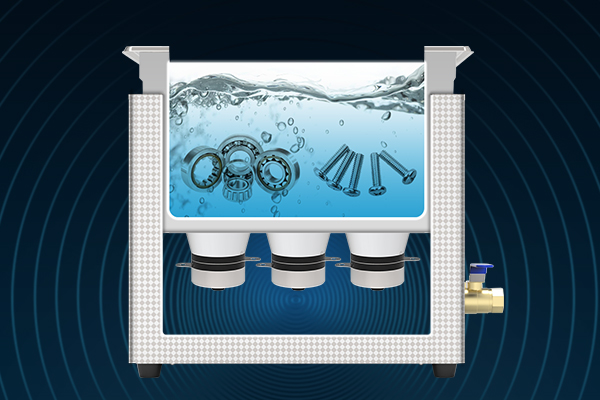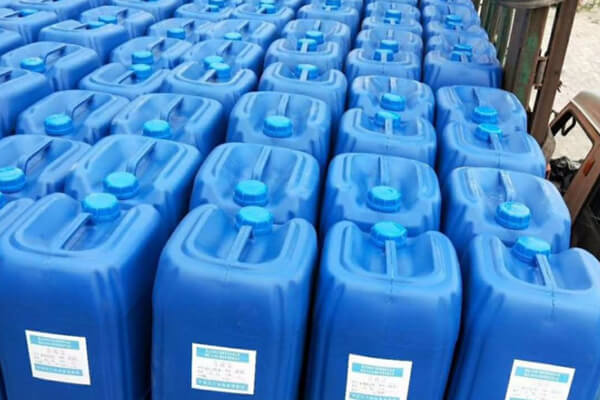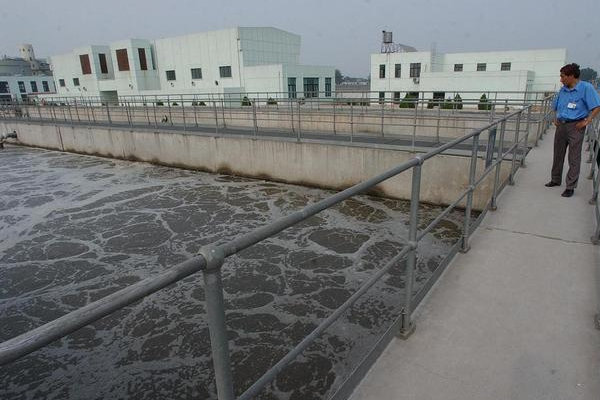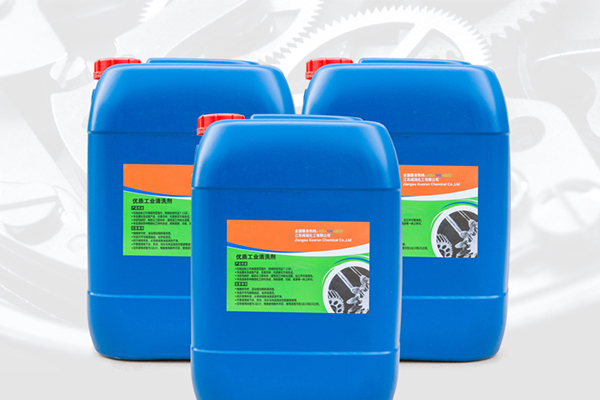At present, most of the rubber products can not be produced without the use of molds, and the goodness and shape of the mold determines the shape and quality of the product. Inevitably, the mold will produce dirt on the surface during long-term use, and the amount of dirt will increase with time, which not only affects the appearance of the products, but also affects the precision of the products as the thickness of the mold increases, resulting in lower quality of the products and lower qualification rate. Therefore, in order to ensure that the mold can be used normally, it must be cleaned regularly.
And rubber mold cleaning methods can be broadly summarized as manual descaling, mechanical descaling, chemical descaling, electro-etching descaling, in-situ cleaning, etc.. With the application of new technology, and the emergence of ultrasonic descaling, laser descaling and other methods.
One. Manual descaling
Manual descaling is usually done by the operator holding a metal brush or abrasive skin to rub the dirt surface until the dirt is removed. Although this primitive descaling method is simple, the effect is not ideal. Especially the cleaning of concave surface and fine groove, often difficult to clean thoroughly, and time-consuming and laborious.
Second, mechanical descaling
With the help of specific equipment, mold scale is mechanically removed. At present, there are two methods: sandblasting and scorching.
1, sandblasting machine as a working platform, in the need to clean the surface of the mold spray abrasive, with the help of impact to complete. The advantage of this method is that it is carried out under dynamic conditions and is more uniform and thorough. The disadvantage is that the dust is difficult to completely isolate, causing a certain threat to the environment and the operator’s health.
2, water grinding cleaning method is to prepare a water suspension, directly sprayed on the surface of the mold cavity, wash away the dirt, wash away the residual abrasives on the surface.
3、Soft abrasive cleaning is semi-mechanical/semi-manual method, and the cleaning material is special paste. As the power is provided by the motor, the intensity is high and the material requirement for the mould is relatively high. Suitable for carburized steel or chrome-plated steel.
Three, high temperature method
According to different equipment conditions, there are direct combustion, high temperature salt bath, fluidized bed and high temperature oven, etc. The temperature range is usually 427~454℃. After high temperature firing, the surface of the cavity is as clean as new and only needs slight blowing and cooling, no additional treatment.
Four, ultrasonic cleaning mold
The use of high-frequency and high-intensity vibration of ultrasonic waves, giving enough energy to complete the mold cleaning. The principle of ultrasonic wave generation is: when the object vibrates, it will excite the surrounding media, emitting a fixed frequency and wavelength of sound waves. Ultrasonic waves are longitudinal waves generated by elastic vibration. Its propagation and water waves in the same way, can be in all directions at a uniform speed. Each time the source object vibrates, it produces sound waves have a fixed propagation distance, called the wavelength. Ultrasound has the characteristics of short wavelength, strong penetrating power, cluster propagation, and small propagation attenuation. These characteristics allow it to produce strong, fast and penetrating vibrations. In the cleaning process, it can shake off all the dirt attached to the surface of the cavity.
Five, laser cleaning mold
Laser beam can carry a very high energy, released and spread in space to form a high density of radiation. When the high power laser beam irradiates to the mold surface, it instantly converts the light energy into heat energy, which makes the irradiated mold oxidized skin melt and vaporize and fall off from the mold surface with the help of heat and force.
Sixth, electro-etching descaling
Electro-etching descaling is a kind of mold cleaning process designed according to the principle of electrolysis-electrophoresis. First, the mold is put into the alkaline electrolytic bath and energized. Water is electrolyzed into hydrogen and oxygen, forming bubbles on the metal surface, so that the mold scale, which has been loosened by the bubbles, is broken and falls off.
Seven, in-situ cleaning
In-situ cleaning method is also known as positioning cleaning method. The prerequisite is to design a special rubber material that can be applied to the surface of the cavity. After vulcanization tear off the cover layer, the original mold oxide layer is also taken off, so that the mold cavity surface is thoroughly cleaned.




